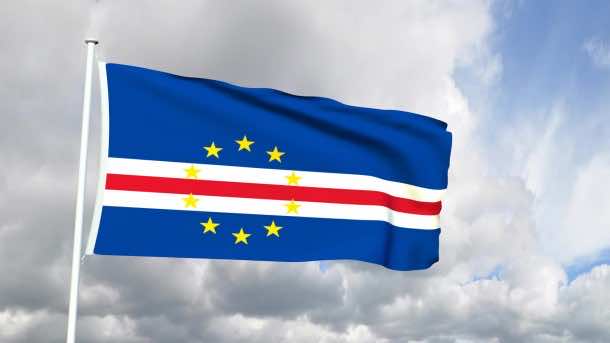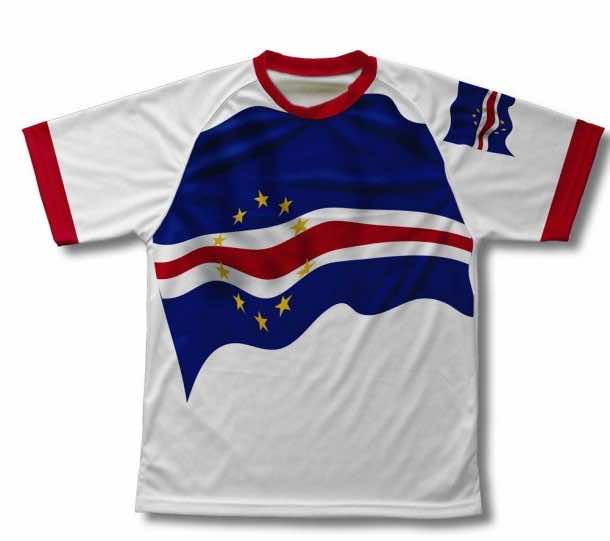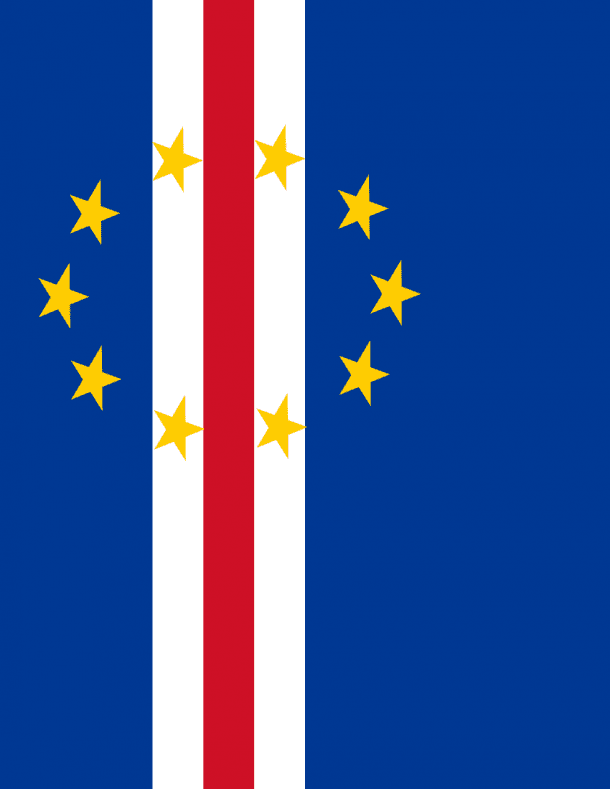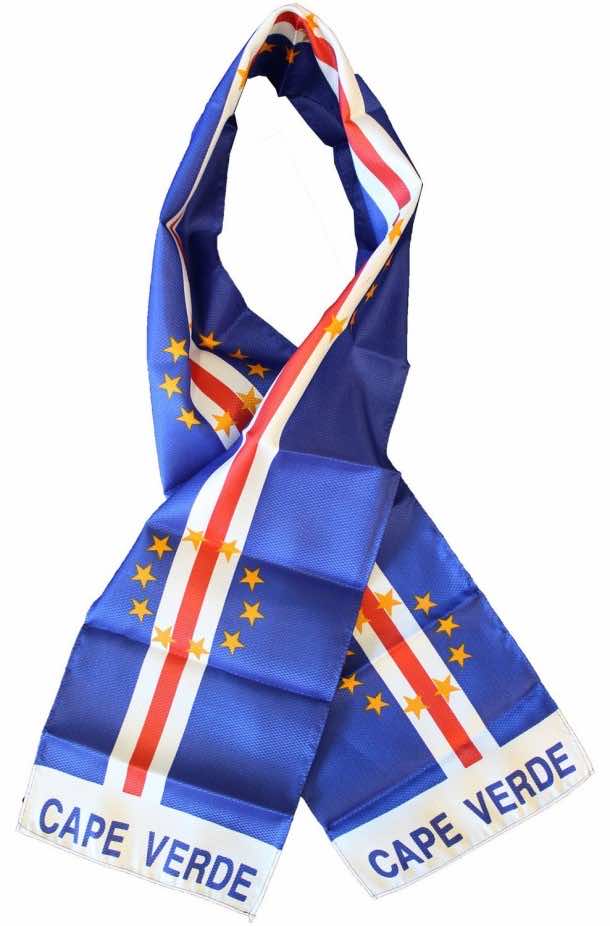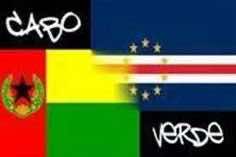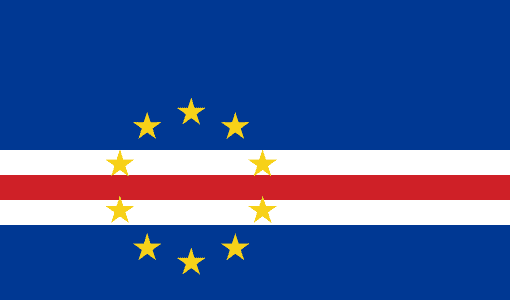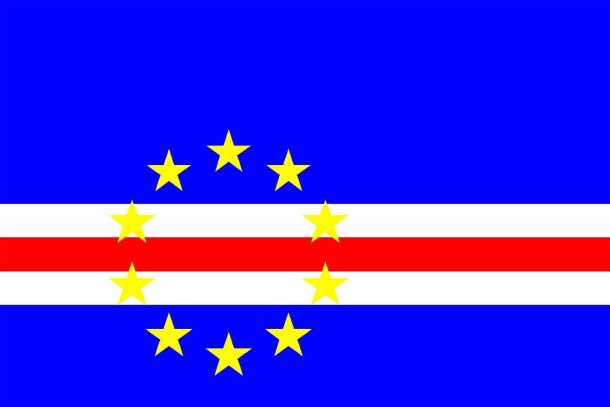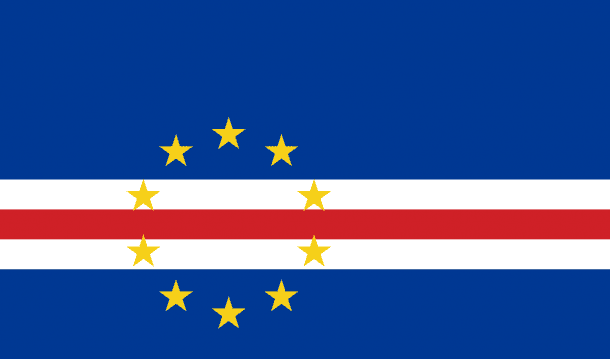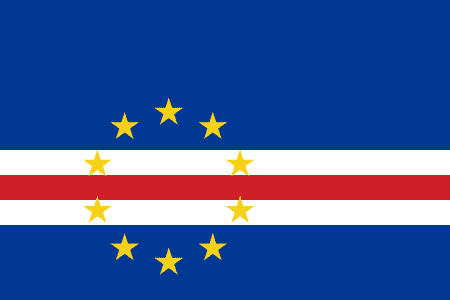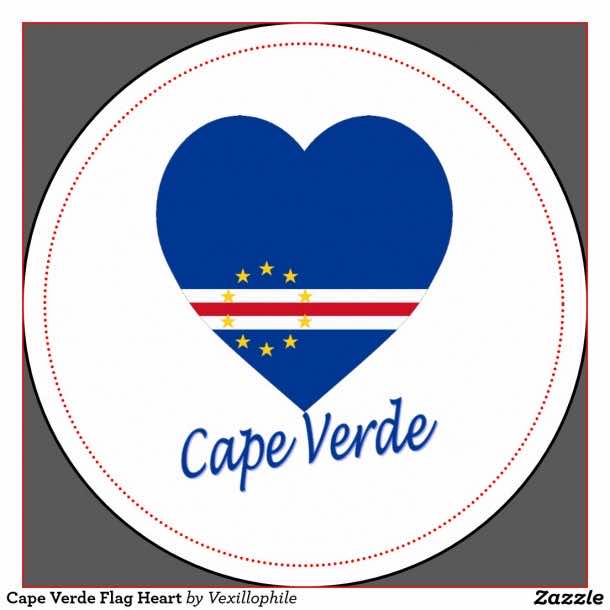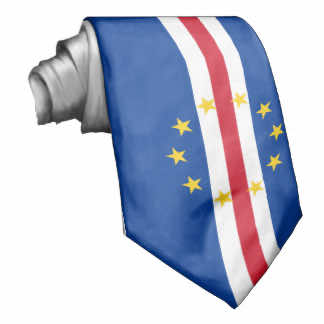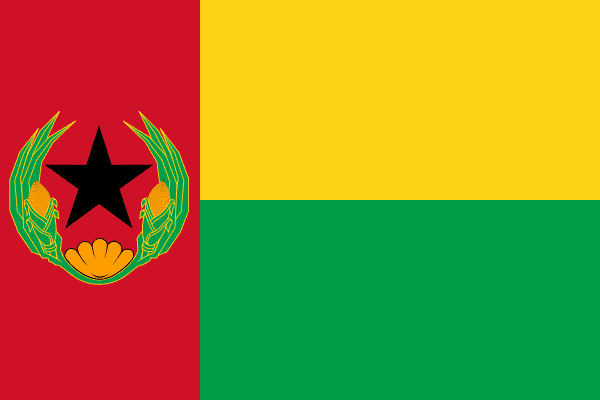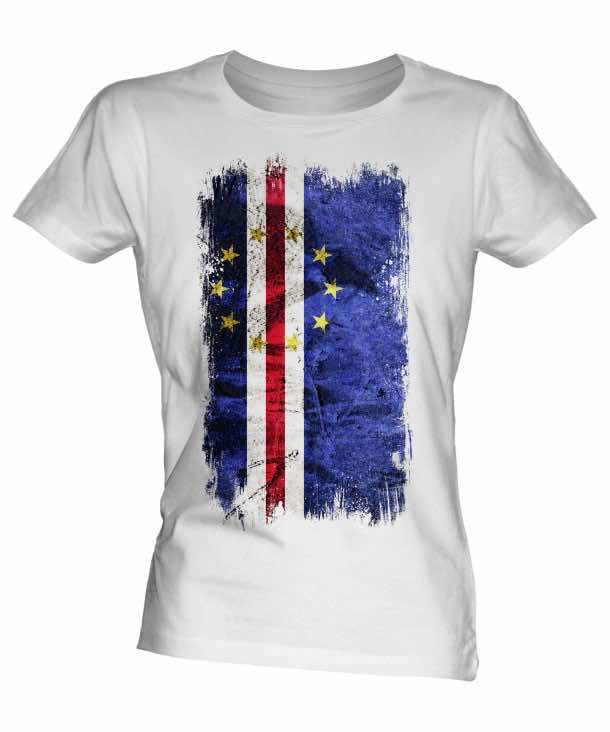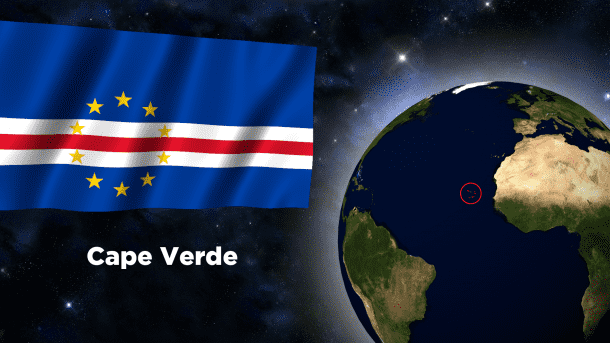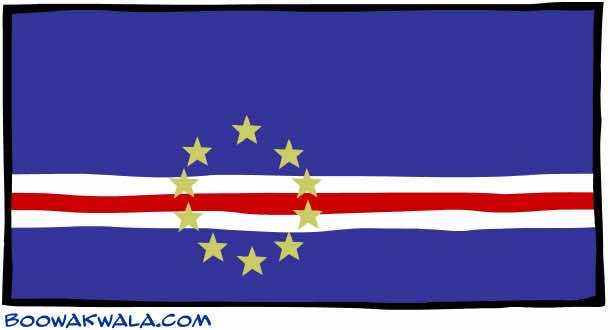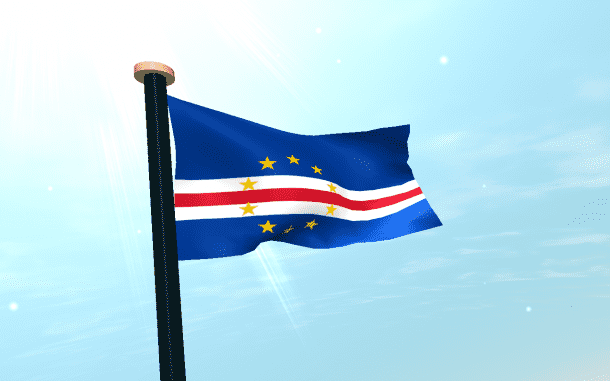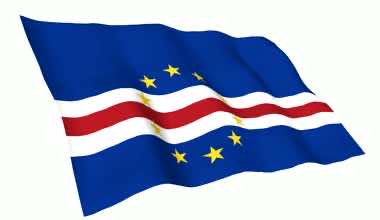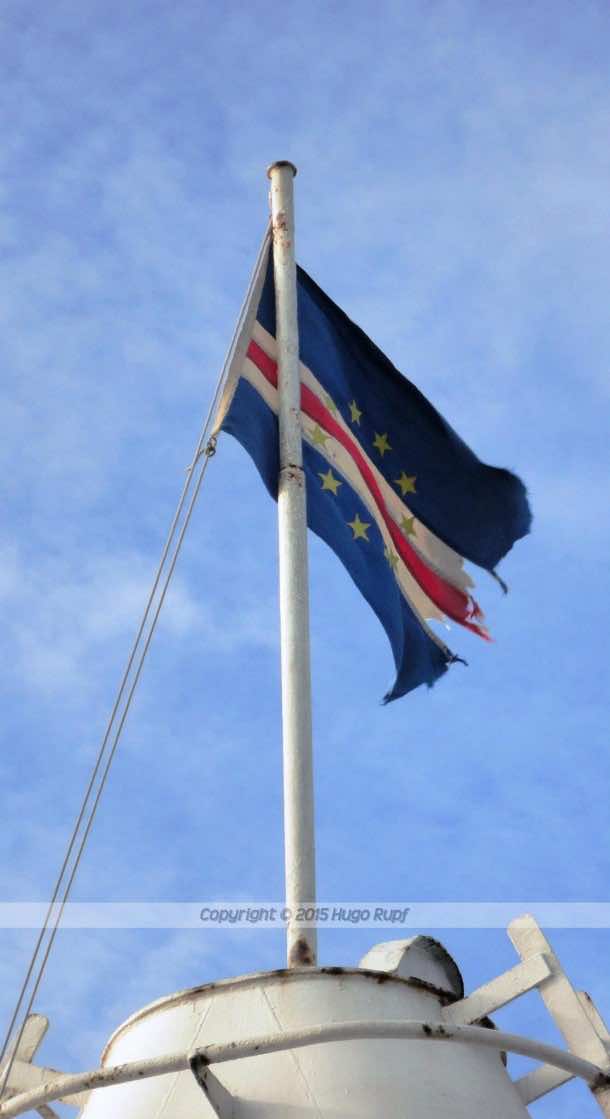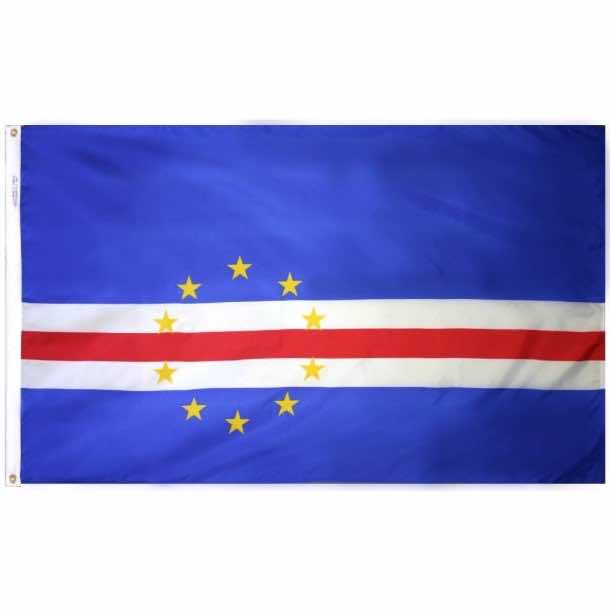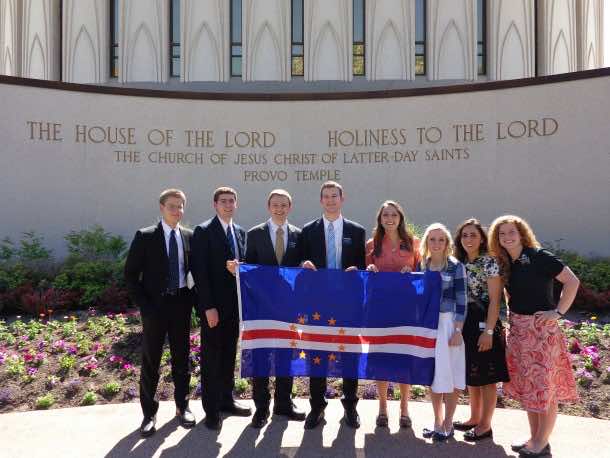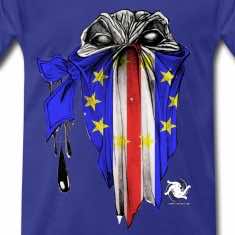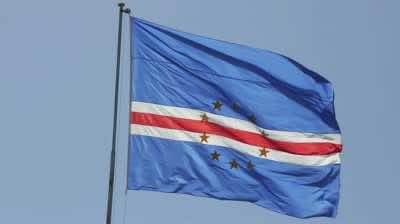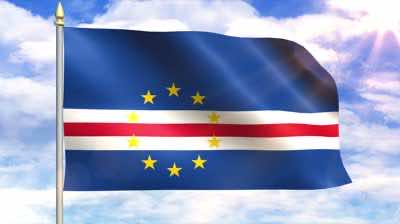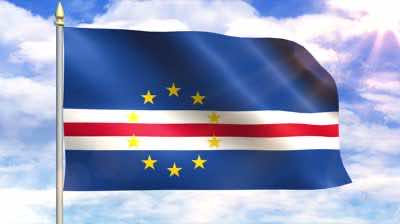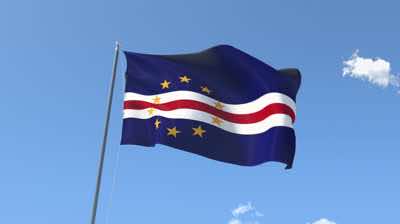The flag of Cape Verde was implemented on twenty second September, 1992, changing the flag implemented during Cape Verdean freedom, battled for with Guinea-Bissau, another former Colonial community on landmass Western Africa.
The 10 stars on the flag signify the main islands of the country. The red symbolizes the sea and the sky. The white and red bands symbolize the way toward the development of the country, and the colors like white represents peace and red color for the symbol of efforts. The yellow color, round development of the stars, and black blue area show likeness to the flag of Europe with 12 stars in place of 10, initially developed for the Authorities of Europe, but European Union also used this. The bands are in the ratio of 6:1:1:1:3 and the group of stars is centered 3/8 beside the fly side of the flag.
The Republic Constitution does not specify what the formal ratios for the size and the size of the flag are. The sizes of the areas that make up the flag are given proportionally to the size of the edges, without specifying those measurements. However, the percentage most commonly used is 2:3, which is the same percentage that was used in the flag prior to 1992. Consequently, the percentage of 2:3 is the de facto percentage.
Before freedom from People from Portugal, Cape Verde did not have a formal flag, and the Colonial national flag was used. In the late Sixties, a flag for the Colonial international region of Cape Verde was suggested, made up of the flag of People from Portugal defaced with the protect from the provincial hands in the lower fly. However, this flag was never applied.
The unique national flag of Cape Verde was presented on freedom in 1975. It is used the mutual colors of African like red, yellow, green and was similar as the Guinea-Bissau flag. Their likeness evoked the plans to merge both nations, which, however, were discontinued soon after freedom. Guinea-Bissau obtained freedom Sept 10, 1974.
For travel souvenirs & books on Cape Verde, check this out.
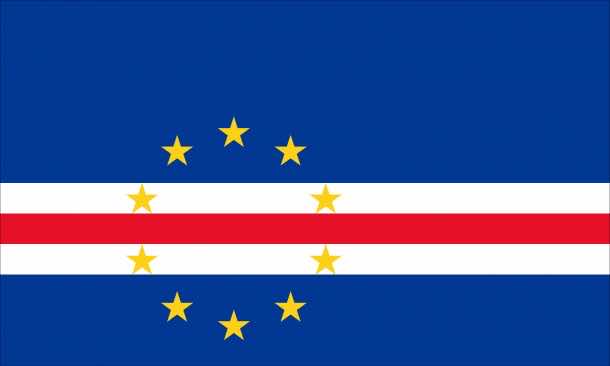
Sao Paulo, Brasil
http;//aimore.org
http://aimore.net


